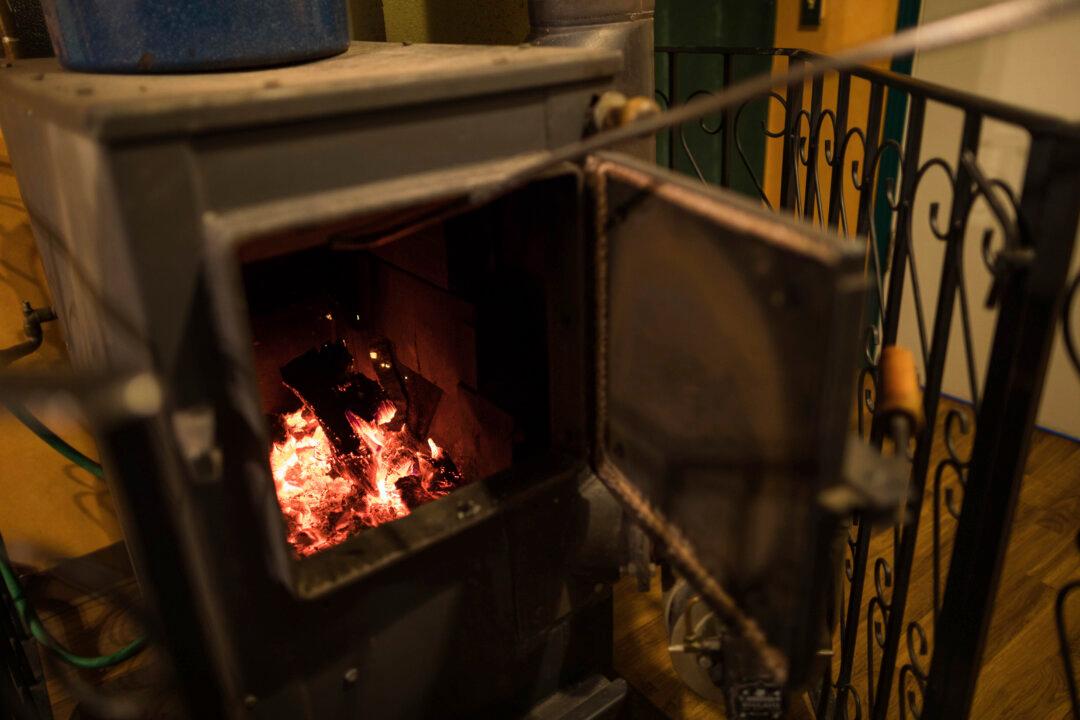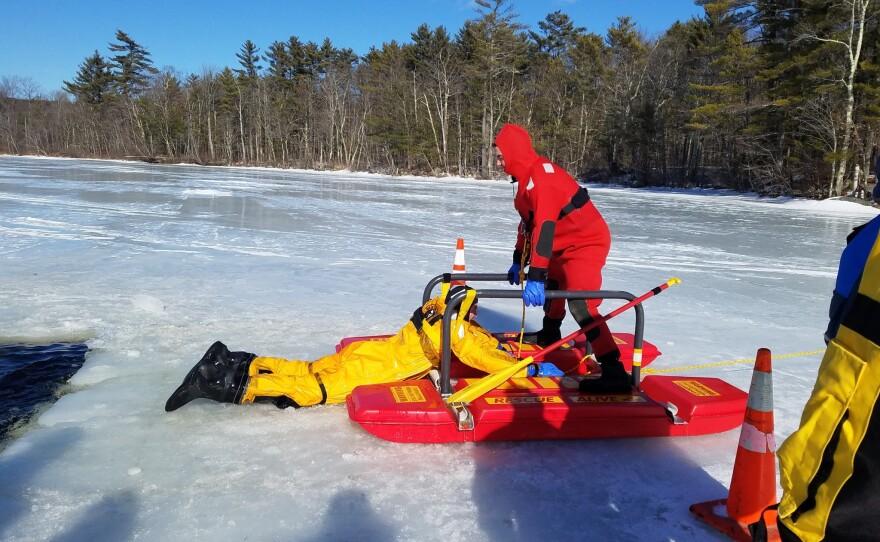Attorneys general in 10 states intend to sue the Environmental Protection Agency (EPA) over the federal agency’s failure to update wood stove emission standards.
The states involved are Alaska, Illinois, Maryland, Massachusetts, Minnesota, New Jersey, New York, Oregon, Vermont, and Washington, as well as the Puget Sound Clean Air Agency.




